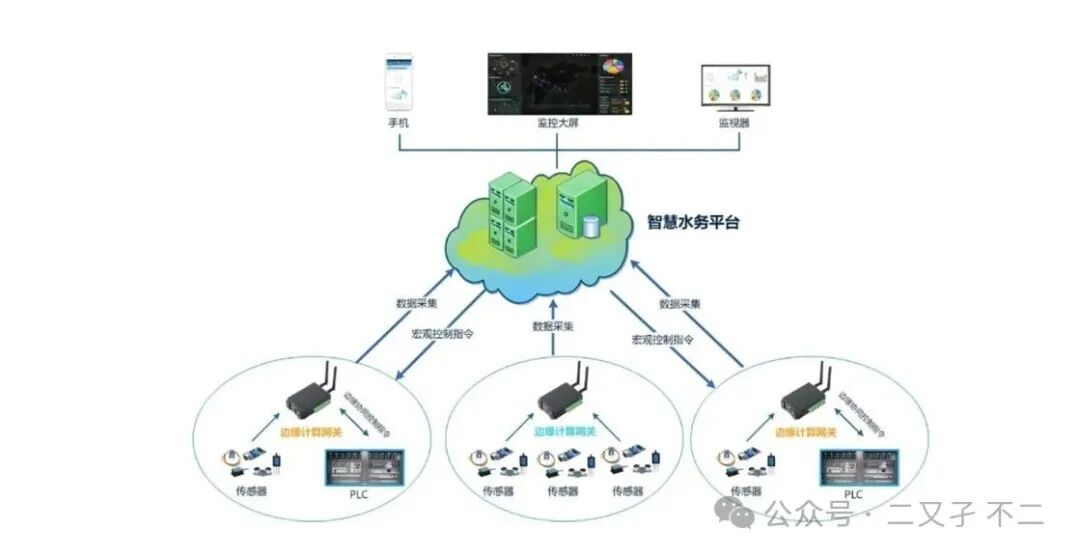
Internet of Things and Water Quality Monitoring

Introduction
Clean and safe water is the foundation of human health and environmental sustainability, but pollution caused by urbanization, industrialization, and climate change poses significant risks.
Traditional water quality monitoring relies on manual sampling and laboratory analysis, which is costly, time-consuming, and lacks real-time insights. This article introduces the application of the Internet of Things (IoT) in real-time water quality monitoring and predictive analytics.
Development of Water Quality Testing
1900
Water quality assessment began with simple measurements of physical and chemical parameters.
1970
Computer technology drove the development of water quality models.
2000
Satellite remote sensing began to be used for large-scale water quality parameters.
2010
Sensor and wireless transmission technologies promoted the construction of real-time monitoring networks.
Cooling Plan
The scientific community has developed advanced technologies for real-time monitoring and assessment of surface water and groundwater quality using the Internet of Things (IoT). IoT integrates modern digital technologies such as wireless communication and cloud computing, enabling the interconnection of physical devices through connected sensors, networks, and data analytics for real-time monitoring and control of various systems.

A simplified workflow of IoT-based systems is shown in the figure. Sensors embedded in the environment collect data, which is transmitted to cloud servers for storage and analysis via IoT devices. Finally, combined with machine learning methods (AIoT), real-time decision-making data is output.

Opportunities and Challenges
There are many advantages to using the Internet of Things in water quality monitoring:
① IoT systems integrate various water quality sensors (such as pH, dissolved oxygen, turbidity, nitrates, etc.), deployed in rivers, lakes, reservoirs, and water supply networks, achieving all-weather, multi-dimensional data collection. ② Provide intelligent analysis and early warning, using machine learning algorithms to analyze real-time data streams and identify water quality anomalies; combined with GIS to locate pollution sources, assisting in rapid response. ③ Use machine learning or artificial intelligence algorithms on cloud platforms or edge devices to process data, generate insights, and achieve predictive analytics, reducing the costs of manual sampling and testing.
However, there are also risks and challenges, such as sensor fouling, which is a significant issue faced in the field, especially in natural water bodies. Additionally, network reliability becomes a problem in remote areas with poor cellular or satellite connectivity.
Clearly, the emergence and application of a new technology present both opportunities and challenges. We certainly cannot remain stagnant but should embrace their arrival with a more open attitude while leveraging our strengths and avoiding weaknesses.
Two and One, Not Two
Application of IoT in Water Quality Monitoring
